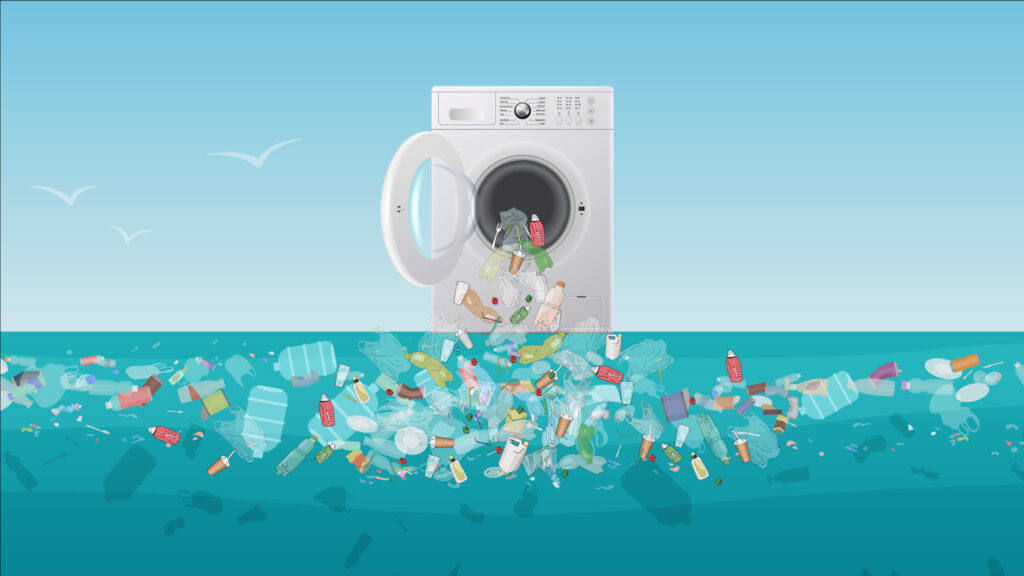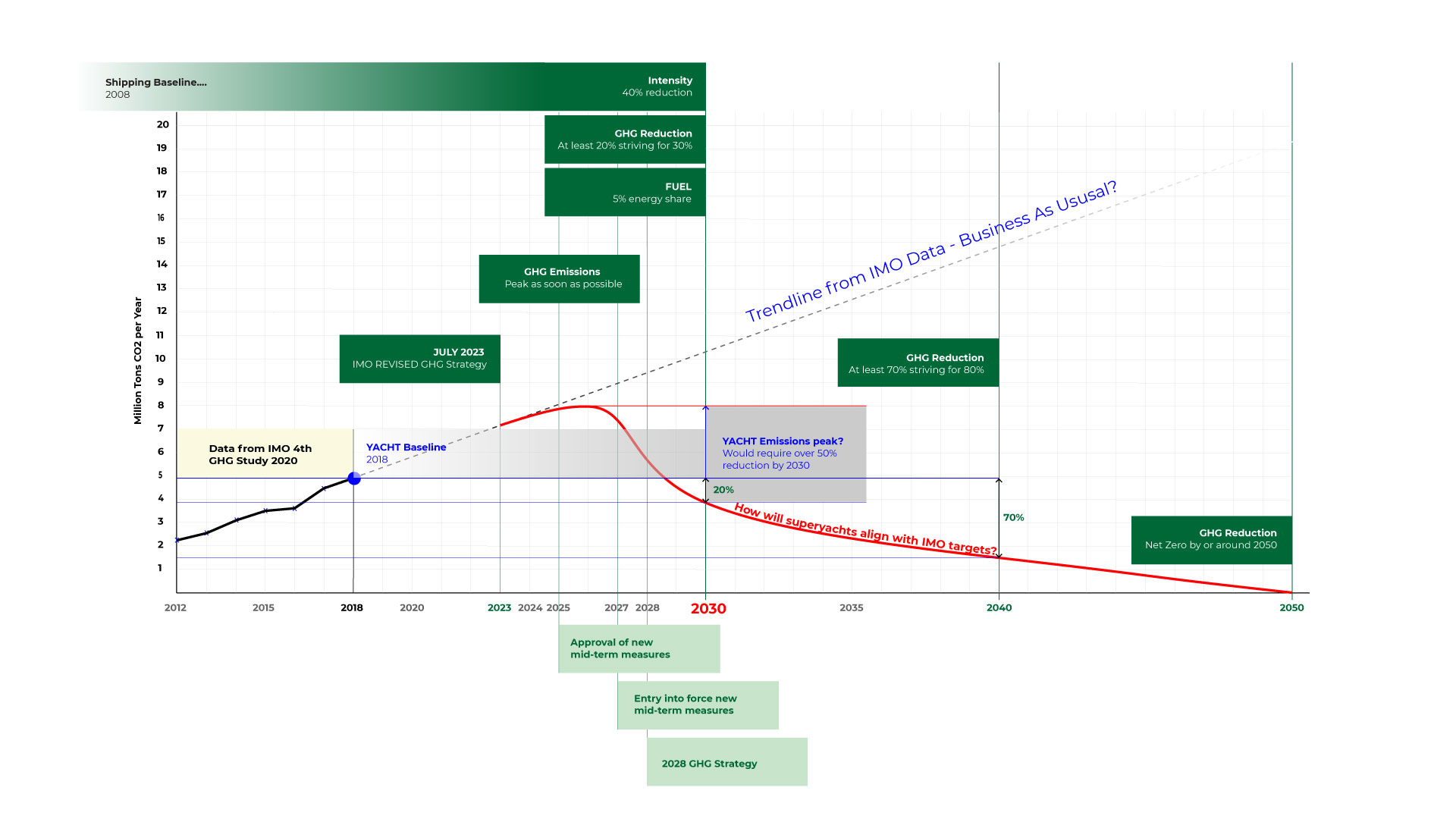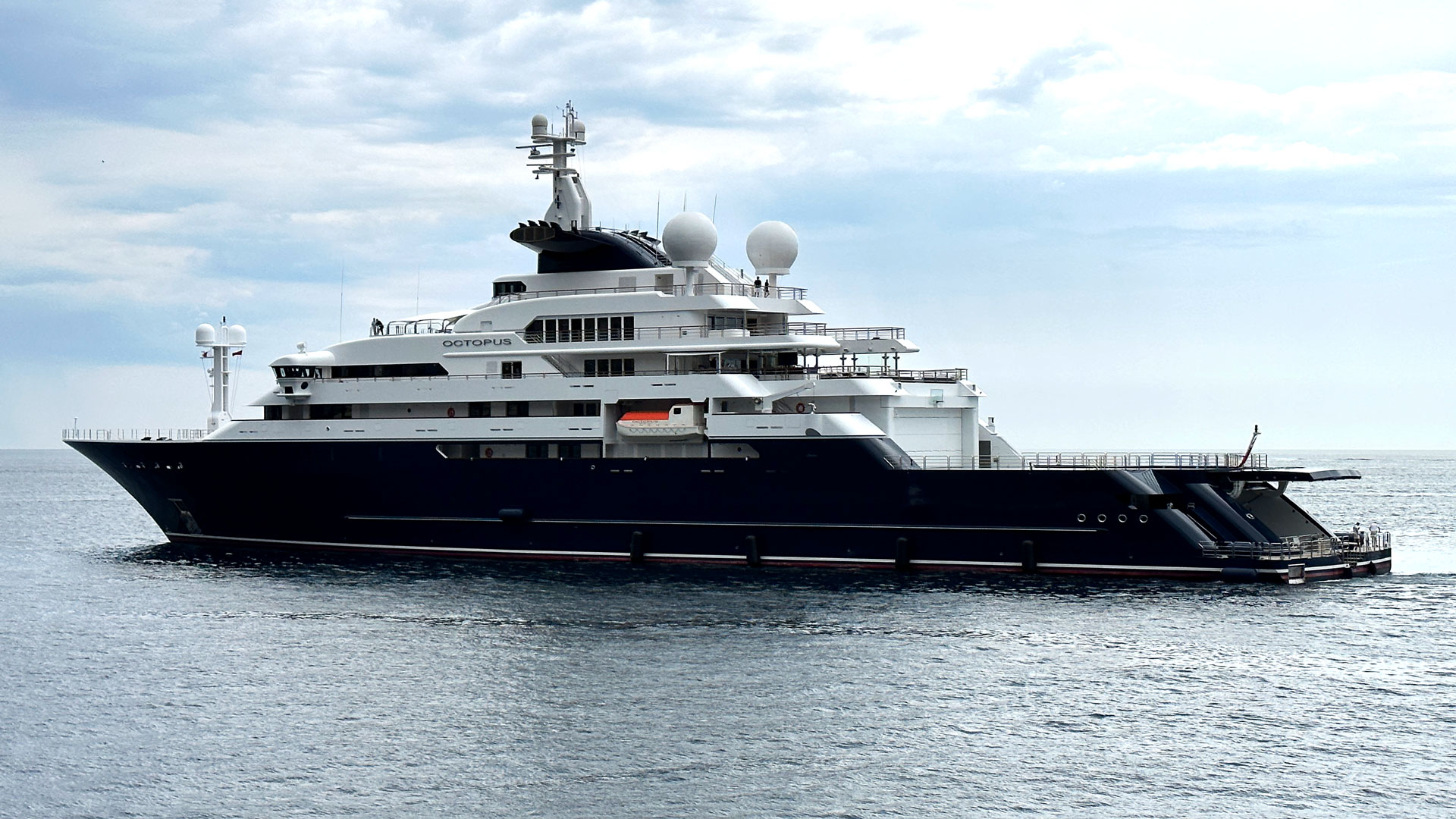There is a growing body of evidence that suggests a large percentage of the microfibres in our oceans is the result of washing clothes in automatic machines. Many of those microfibres are from man-made fibres i.e. plastic. It is suggested that up to 30% of the micro plastic pollution in our oceans may come from this source.
One such study detailed in the report “Me, My Clothes and the Ocean” by Ocean Wise and sponsored by the Canadian Government, revealed a surprisingly large variance in the amount of microfibre textiles shed in a single wash; ranging from a loss of 9.6 mg to 1,240 mg, or an estimated 9,777 to 4,315,371 microfibres, per kg of textile washed. Factors include the type of machine, wash cycle, type of fabric, fabric finish and age. Amongst the worst products are fleeces made out of man-made fabrics.
Just think how many kg of clothing a yacht laundry handles on a daily basis!
Various countries are starting to take this plastic pollution seriously. Within our European waters France has already introduced a law (LOI n° 2020-105 du 10 février 2020) that will require manufactures to include microfibre filters in washing machines sold from 2025 and, in the UK, an all-party group of MP’s are trying to introduce similar legislation, and have produced their first report.
But what has this to do with superyachts?
Unless your yacht has an Advanced Wastewater Treatment System (AWTS) that processes black and grey water, laundry effluent – including the microfibres – is discharged straight into the sea, often at anchor or in port.
Even if an AWTS is installed, the microfibres will end up in the residual sludge that is eventually discharged in compliance with MARPOL at least 12nm offshore. It is not being prevented, just displaced by time and place and still finding its way into our oceans.
So, whilst the industry has been focused on reducing plastic onboard, we may have been ignoring what happens below the waterline.
Along with other pathogens, contaminants, and organic matter – see my previous article “What Lies Beneath” grey water is perhaps having a more profound effect on the ocean and marine life than stopping the use of plastic straws or bottled water onboard; especially in the coastal waters where yachts congregate. After all, we play in that water and may also consume seafood that may have been harvested from inshore waters.
Until microfibre filters are installed as standard then the only real solution is to fit external filters to the waste discharge from washing machines.
In a 2020 Bloomberg article, PlanetCare who produce an external washing machine filter, mentioned their filter can fill up in about 20 laundry cycles, after which they are sent back to PlanetCare where the fibres are collected, repurposed and the filters recycled. That would be a day’s use in many superyacht laundries – though they have commercial solutions as well.
Superyachts will require a more practical solution with easy access for cleaning and procedures for storing and disposing of the waste.
With the right filter the superyacht industry has the opportunity to help protect the marine biota and improve sea water quality by removing microfibres before they enter the grey water tank or AWTS and preventing their discharge into the sea.





